Pfeifer W.3728125202, 9783728125200
Table of contents :
Titel……Page 1
Contents……Page 3
Preface……Page 7
1 Introduction……Page 9
2 Characteristics of the IBM……Page 11
3.2 Symmetric states of two and three d-bosons……Page 13
3.3 The seniority scheme, rules defining……Page 15
4.1 Two- and three-d-boson states……Page 19
4.2 General “primitive” many-boson states……Page 20
5.1 Matrix elements of the single-boson operator……Page 23
5.2 Creation and annihilation operators……Page 26
5.3 Single- and two-boson operators represented by creation and annihilation operators……Page 27
6.1 Many-boson configurations represented by operators……Page 31
6.2 Generating boson pairs with total angular momentum zero……Page 33
6.3 Tensor operators annihilation bosons……Page 34
6.5 Number operators for bosons……Page 36
7.1 The components of the Hamiltonian……Page 39
7.2 The operator of the boson-boson interaction formulated with defined angular momentum……Page 40
7.3 The basic form of the Hamiltonian operator……Page 41
7.4 The conservation of boson number……Page 42
7.5 A simplified form of the Hamiltonian operator……Page 43
8.1 The angular momentum operator in quantum mechanics……Page 45
8.2 The angular momentum operator expressed in terms of d-boson operators……Page 46
8.3 The conservation of angular momentum……Page 47
9 The Hamiltonian expressed in terms of Casimir operators……Page 49
10.1 The Hamiltonian of the vibrational limit. The spherical basis……Page 57
10.2 Eigenvalues of the seniority operator……Page 58
10.3 Energy eigenvalues. Comparison with experimental data……Page 61
11.1 Multipole radiation……Page 71
11.2 The operator of the electromagnetic interaction……Page 72
11.3 Transition probabilities……Page 74
11.4 Reduced matrix elements………Page 75
11.5 Comparison with experimental data of electric quadrupole transitions……Page 80
11.6 Transitions with ………Page 81
11.8 Quadrupole moments……Page 83
12.1 Eigenstates……Page 87
12.2 Matrix elements of the Hamiltonian……Page 88
12.3 Electric quadrupole radiation……Page 90
12.4 Comparison with experimental data……Page 91
12.5 An empirical Hamilton operator……Page 94
13.1 Definition……Page 95
13.2 The u(N)- and the su(N)-algebra……Page 96
13.3 The so(N) algebra……Page 98
13.4 Dimensions of three classical algebras……Page 99
13.5 Operators constituting Lie algebras, their basis functions and their Casimir operators……Page 100
13.6 Properties of operators……Page 101
14.1 Basis operators of the Lie algebras in the IBM1……Page 105
14.2 Subalgebras within the IBM1……Page 107
14.3 The spherical basis as function basis of Lie algebras……Page 110
14.4 Casimir operators of the u(5)- or vibrational limit……Page 112
14.5 Casimir operators of the su(3)- or rotational limit……Page 115
14.6 Casimir operators of the so(6)- or y-instable limit……Page 120
15.1 The complete Hamiltonian of the IBM2……Page 127
15.2 Basis states and the angular momentum operator of the IBM2……Page 129
15.3 A reduced Hamiltonian of the IBM2……Page 130
15.4 Eigenenergies and electromagnetic transitions within the IBM2……Page 134
15.5 Comparisons with experimental data……Page 135
15.6 Chains of Lie algebras in the IBM2……Page 146
16.1 The Hamiltonian of the IBFM……Page 151
16.2 The u(5)-limit of the IBFM……Page 154
16.3 Numerical treatment of the IBFM. Comparison with experimental data……Page 157
Appendix……Page 163
References……Page 177
Index……Page 181
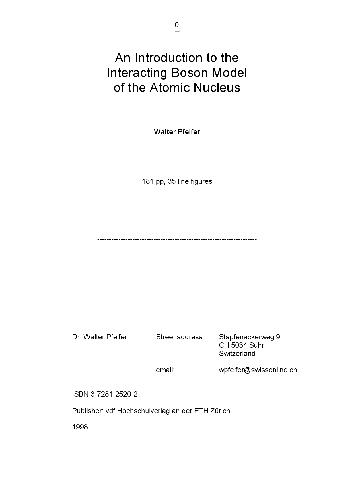
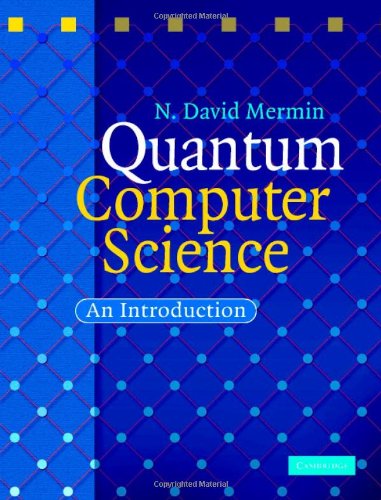
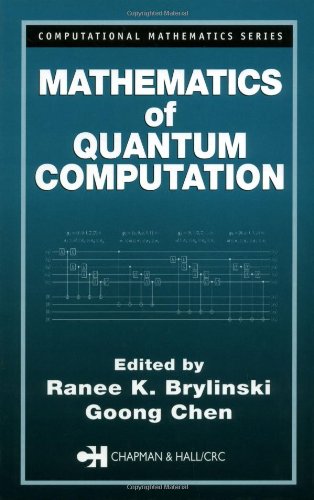
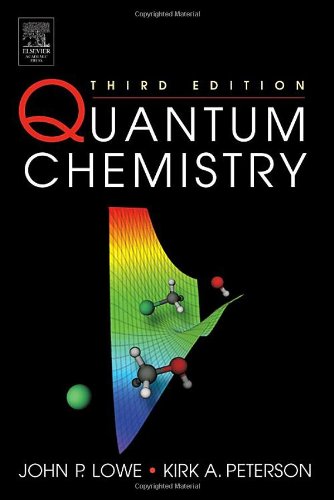
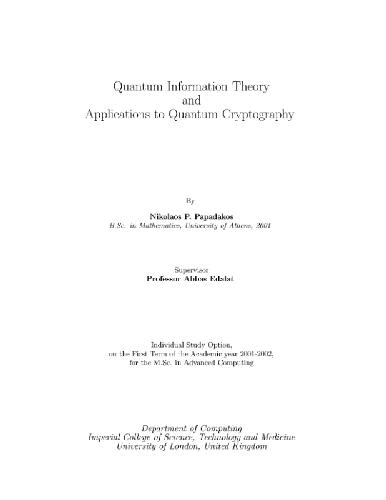

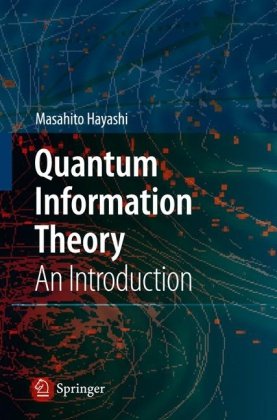
Reviews
There are no reviews yet.